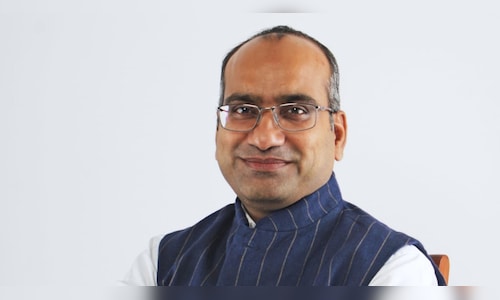Consumer Adoption of Cosmetics in India
India has seen significant adoption of cosmetic products, which can be linked to consumers’ shift from offline stores to online retail. Furthermore, consumers seek safer (clean cosmetics, sustainable practices, and organic cosmetics) and innovative (color cosmetics, perfumes, and skincare products with targeted solutions for anti-ageing, hydration, and skin renewal) cosmetic products. This increase in consumer demand provides an opportunity for smaller players (startups and small businesses) in India.
Existing challenges to innovation and safety
The regulatory landscape, the Drugs and Cosmetics Act (1940), treats cosmetics and drugs in a similar fashion. Even though cosmetics and drugs serve different purposes and have different end-uses. On one hand, “drugs” are primarily used for diagnosing, treating, or preventing diseases, whereas “cosmetics” serve aesthetic purposes, mainly for cleansing, beautifying, and changing appearance. Therefore, looking at these distinct products from the same lens leads to the over-regulation of cosmetics in India, ultimately leading to a lack of innovative cosmetic products that can satisfy consumer demands. Specific challenges for the cosmetics sector in India impacting innovation and safety related to a combined regulatory framework include the following two areas:
- 1. Pre-Market Approval
The existing regime mandates “pre-market approval,” which is necessary for drugs as they pose a high risk to consumers. However, the same mandate of “pre-market approval” for cosmetics makes providing new innovative cosmetic products challenging. The cosmetics sector is consumer and trend-driven and requires constant innovation. Hence, the pre-market approval requirement for minor changes in the already approved cosmetics (not new cosmetics) creates an issue, as it impacts the availability of choice to consumers, safer and innovative products, and affordability for consumers. For instance, manufacturers are required to get approvals for changes like pack size, leading to delays in launches, and ultimately, the consumers lack innovative products, choice, and affordability in cosmetics.
Therefore, an alternative could be to move towards “post-market surveillance” (a notification system). Under this approach, responsible organisations would notify the government when changes are introduced to existing cosmetics in India. For instance, South Korea has had a dedicated Cosmetics Act since 2000, which provides a robust regulatory framework that distinguishes between general and functional cosmetics. General cosmetics are subject to post-market surveillance, whereas functional cosmetics, like sunscreens and anti-wrinkle products, are subjected to rigorous pre-market approval. This dedicated approach has facilitated affordability, increased innovation, and safe cosmetics for consumers. Furthermore, a separate regulatory framework led to the creation of innovative cosmetics from South Korea, making it a benchmark for cosmetics globally. Therefore, India can look at a similar approach that balances safety and innovation.
2. Consumer Safety
A combined regulatory framework focusing primarily on drug concerns gives the cosmetics sector limited consideration. India’s cosmetics sector has unique realities that are better suited for dedicated and unique enforcement rather than a combined regulatory approach. Furthermore, to ensure consumer safety, the horizontal standards (safety standards and analytical test methods) must be updated in line with the constant advancement of technologies and global standards.
An expert committee should also be formed to develop standards and enhance consumer safety. The European Directorate for the Quality of Medicines & HealthCare (EDQM) assists the European Committee for Cosmetics and Consumer Health (CD-P-COS) in ensuring the safety and quality of cosmetics in Europe. The CD-P-COS has been incorporated to address emerging risks to human health arising from cosmetics. It is also responsible for developing standards and policies to enhance consumer safety. Therefore, to improve safety, we should also look to forming expert committees to ensure consumer safety in India. The committee can have experts from renowned institutes, academicians, toxicologists, and dermatologists to evaluate the safety of ingredients catering to the specific biological needs of the Indian population.
Conclusion
As the cosmetics sector advances in India, the existing regulatory framework and policy approaches must evolve to accommodate consumers’ needs by ensuring safety and innovation. By creating a dedicated regime for cosmetics, moving away from the requirement of “pre-market approval” to “post-market surveillance”, and creating expert committees, we can create an environment that focuses on consumer safety and innovation.
—The author, Sujeet Kumar, is a Member of Parliament, Rajya Sabha, representing Odisha. The views are personal.


